Bipolar Disorder: A guide for mental health professionals, carers and those who live with it
Danny Walsh and Roger Smith 2012
The authors have asserted their rights in accordance with the Copyright, Designs and Patents Act (1988) to be identified as the authors of this work
Published by:
Pavilion Publishing (Brighton) Ltd
Richmond House
Richmond Road
Brighton
BN2 3RL
Tel: 01273 623222
Fax: 01273 625526
Email: info@pavpub.com
Published 2012
All rights reserved. No part of this publication may be reproduced, stored in a retrieval system, or transmitted in any form or by any means, electronic, mechanical, photocopying, recording or otherwise, without prior permission in writing of the publisher and the copyright owners.
A catalogue record for this book is available from the British Library.
ISBN: 978-1-908993-71-7
Pavilion is the leading training and development provider and publisher in the health, social care and allied fields, providing a range of innovative training solutions underpinned by sound research and professional values. We aim to put our customers first, through excellent customer service and value.
Authors: Danny Walsh and Roger Smith
Production editor: Catherine Ansell-Jones, Pavilion
Cover design: Emma Garbutt, Pavilion
Page layout and typesetting: Emma Garbutt, Pavilion
Printing: Ashford Press
Contents
This handbook is written by a mental health nurse with experience of working with people with bipolar disorder during acute episodes and through recovery, and by a researcher with experience of bipolar disorder and recovering from it. It also draws upon the experiences of other people whose lives have been disrupted by the disorder. The disorder itself can be both a cruel friend and a worst enemy. It can drop you into the depths of despair and threaten your very existence. At the other extreme it can fill you with such vigour that nothing seems beyond your capability, but the knowledge that such energy can damage everything and everyone you care about is always present.
There has been an awareness of mood disorders for centuries. The ancient Greeks noted states of high elation and euphoria and the depression that they called melancholia. However, it was not until the 19th century that Emil Kraepelin asserted that there were differences between mood disorders like mania and depression in order to distinguish them from other forms of psychosis such as schizophrenia and dementia. In the 1940s and 1950s, experiments with chemicals that could change moods led many medical professionals and pharmaceutical companies to say that mood disorders were caused either by faulty electrical activity in the brain or a chemical imbalance. The isolation of chemical messenger compounds, such as serotonin and dopamine, in animal brains meant that by the mid-1950s the chemical model dominated thinking, leading to many patients being told that their disorders were due to chemical imbalances, despite there being no tests to prove this theory.
Following on from the idea of chemical imbalances, in 1959 the newly developed chemical imipramine was the first medication to be called an antidepressant. In the 1960s, chlorprozamine, a chemical that had been found to calm patients, was one of the first medications to be described as an antipsychotic. Lithium was chosen as it seemed to make extremes of depression and mania less likely and eventually became the first chemical to be described as a mood stabiliser. With the availability of these drugs, the medication of anyone who was seen to experience extreme highs and lows became possible. For many this seemed to prove the existence of the chemical imbalance and supported the idea that bipolar disorder was a physical illness that could primarily be treated with medication.
The partnership approach to modern nursing underpins the reason for this handbook, which is to arrive at a shared view of bipolar disorder between health professionals and those who experience it. There is much that is still not known about the disorder and if, indeed, it is a specific disorder. Thus there is often little consensus and much theorising. However, what is known can help us to bring the disorder under a significant degree of control. Those with bipolar have tried and tested many ways of coping, improving control over their moods and finding their feet again in recovery. This handbook aims to aid this process by providing professional and expert experience. It avoids exploring aspects in any great theoretical depth in order to provide a more practical guide to bipolar disorder. This book is not about providing all the answers; it is as much about raising the relevant questions.
The information in this handbook is divided into four sections. Section 1: Theories and approaches gives background information on bipolar disorder. Section 2: Inpatient/acute care focuses on inpatient areas. This section will also be of interest to relatives to help them understand treatments and to interact with staff as necessary. People with a bipolar diagnosis or suspected bipolar diagnosis may also find useful information here whether they are an inpatient or reading up in case of re-admission. Section 3: Bipolar in the community is both for the professional and non-professional supporters of people with the disorder. It explores issues in relation to recovery and survival and even flourishing in the community. Section 4: Related conditions and conclusions looks at diagnosis overlap and conditions similar to bipolar. It also explores the importance of maintaining balance as well as future possibilities. Many of the chapters contain reflection exercises, questions and consideration points that can be completed to help learners further develop their knowledge. Answers to the questions can be found at the end of each chapter.
We have chosen to use both the words patient and client in this book. We tend to use patient when the person is on the ward and client when the person is in the community. It is important to be aware that the words we use may need to be flexible according to the culture we find ourselves in. Some people may not like to be called a patient, while others may not want to be called client. Many people find the phrase service user very acceptable while others will fervently reject this term, saying it suggests they are merely using services when they do far more than that.
Further reading
Whitaker R (2010) Anatomy of an Epidemic. New York: Random House Publishing.
What is bipolar disorder?
Key issues
 it is important to ensure there is a shared understanding of bipolar disorder.
it is important to ensure there is a shared understanding of bipolar disorder.
 it is important to clarify definitions and terms.
it is important to clarify definitions and terms.
Consideration points
Before reading the chapter, consider your own preconceptions of bipolar disorder/manic depression.
 What do you think the characteristics are?
What do you think the characteristics are?
 How do you think it affects a person?
How do you think it affects a person?
Manic depression and bipolar disorder
It could be said that the bipolar diagnosis did not exist prior to 1980 when it was first included in the Diagnostic and Statistical Manual of Mental Disorders (DSM-III). Prior to this the term manic depression was used to describe patients who were seen to swing between manic and depressive states. It is important to be aware that significant numbers of people continue to prefer (and perhaps will only ever use) the term manic depression as it accurately describes the main aspects of the disorder.
Next page




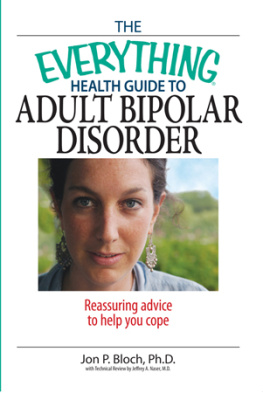
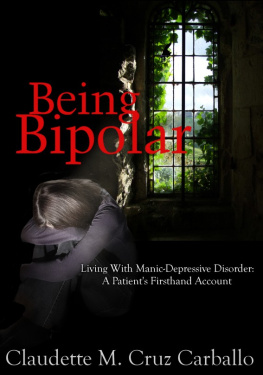
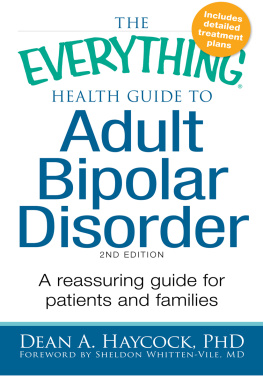
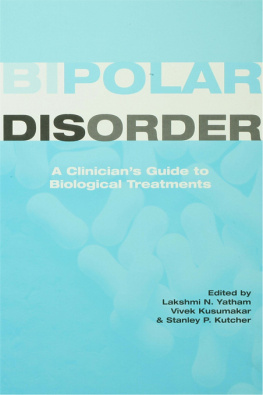
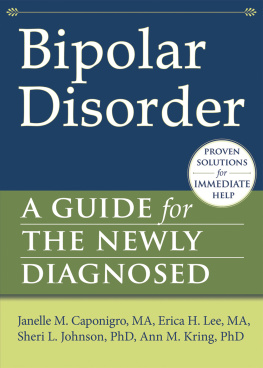
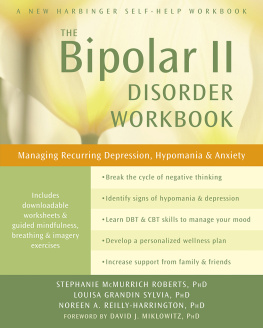
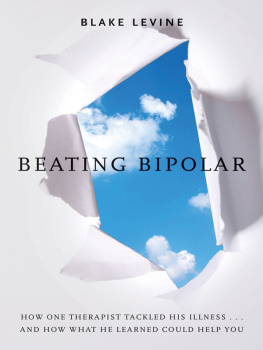
 it is important to ensure there is a shared understanding of bipolar disorder.
it is important to ensure there is a shared understanding of bipolar disorder.